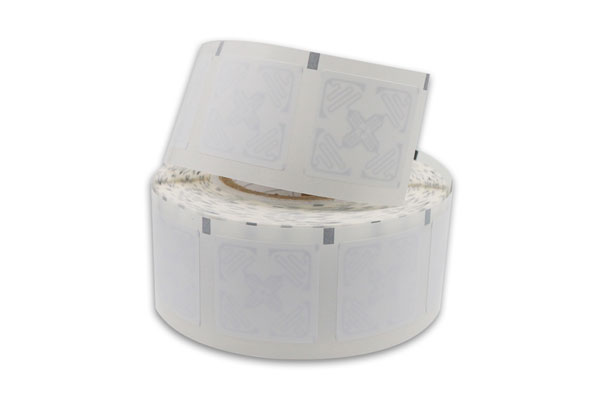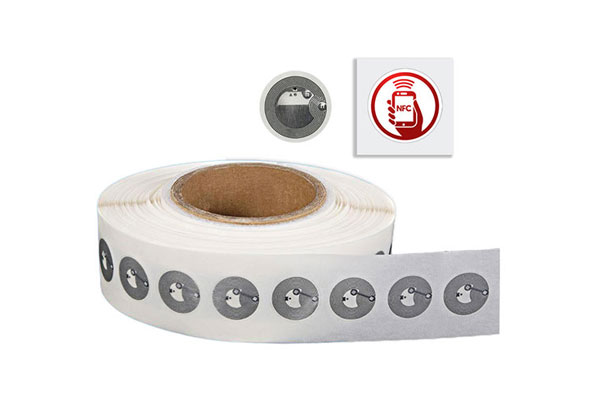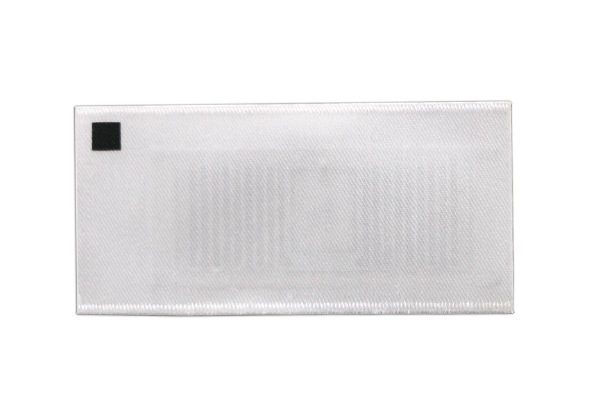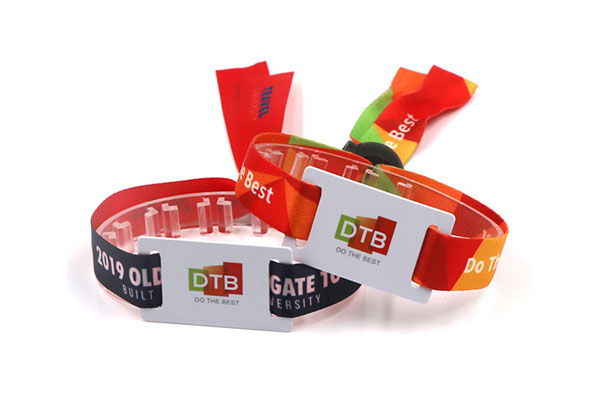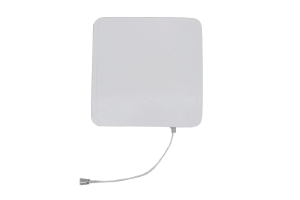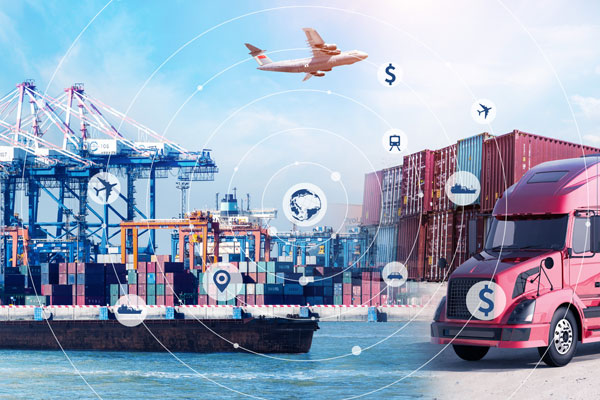The application of RFID technology in the delivery process from warehouses to logistics stores can greatly improve the efficiency and transparency of the logistics supply chain. RFID (Radio Frequency Identification) is an automatic identification technology that transmits data via radio waves, widely used in various stages such as warehouse management, inventory control, and distribution. Here’s a comprehensive and detailed explanation.
1. RFID Applications in Warehouses
In the warehouse stage, RFID technology helps optimize processes like goods receiving, storage, and dispatching:
– Receiving and Automatic Recording: When goods arrive at the warehouse, staff can use RFID readers to quickly scan RFID tags on pallets, boxes, or individual items. These tags can contain detailed product information, including product numbers, specifications, and production batches. This step automates the inventory registration process, eliminating the need for manual data entry and reducing human error.
– Real-time Inventory Management: By deploying RFID readers throughout the warehouse, the warehouse management system can track the location and status of each item in real time. If any product is moved (e.g., placed on shelves or relocated), the RFID system automatically updates the inventory database, ensuring synchronized information.
– Fast Stocktaking: Traditional manual stocktaking can take days, but RFID can significantly speed up this process. Staff can use handheld RFID devices or fixed readers installed at warehouse entrances or passageways to scan large quantities of goods in a short time, completing stocktaking efficiently.
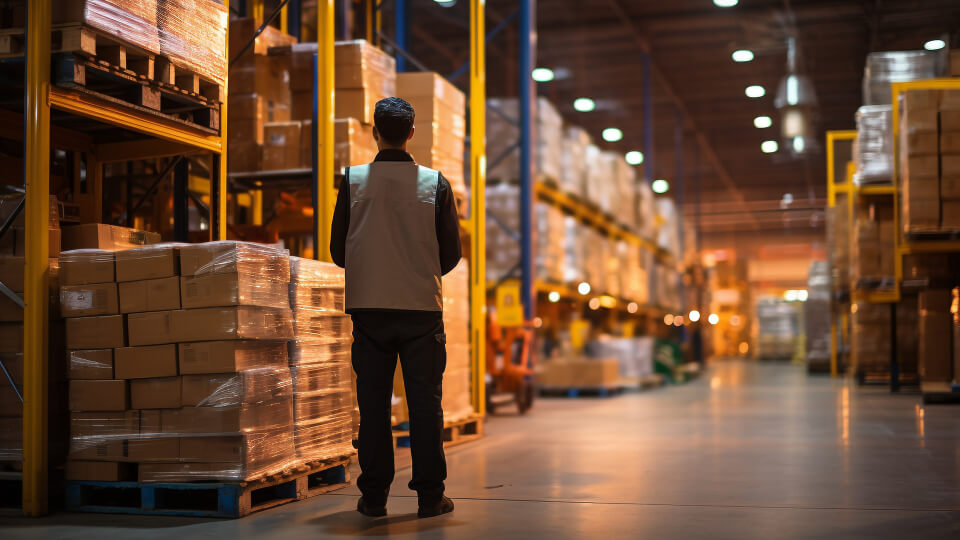
– Reducing Loss and Theft: RFID helps enhance warehouse security. When goods pass through doors, the RFID system automatically detects if they are authorized and records the entry or exit time of each item, helping prevent loss or theft.
2. RFID Applications in Distribution from Warehouses to Logistics Centers
The process of transporting goods from warehouses to logistics centers or stores can be efficiently managed with RFID systems:
– Loading and Dispatch Verification: When goods are loaded for dispatch, RFID systems can automatically scan the goods and ensure they match the dispatch list. This prevents issues such as under-shipment or wrong shipments, ensuring the goods align with the delivery documents.
– Real-time Tracking During Transportation: During transport, RFID tags, combined with GPS and other sensor technologies, provide higher visibility of the goods. Logistics companies can track the status of each item and the real-time location of the transport vehicle, ensuring timely delivery.
– Monitoring Transport Conditions: Some RFID tags are equipped with temperature and humidity sensors, especially useful for cold chain transport of perishable goods, pharmaceuticals, etc. These items have strict requirements for temperature and humidity during storage and transportation. RFID sensors can record and report changes in the environment during transportation, ensuring product quality.
3. RFID Applications in Store Distribution
After goods reach the logistics store, RFID continues to play an important role:
– Receiving and Automatic Inventory Update: When a store receives goods, the RFID system scans all items to confirm that the delivered goods match the order. The product information is then automatically imported into the store’s inventory management system, updating the inventory in real time.

– Sales Tracking and Replenishment: In stores, products equipped with RFID tags can be tracked during the sales process. Once an item is sold, the RFID system automatically records the change in inventory and sends a replenishment request to the warehouse or supply chain system. This enables suppliers to replenish based on actual store sales, avoiding stockouts or overstocking.
– Theft Prevention: Similar to warehouses, RFID can be used for theft prevention in stores. If an unpaid item attempts to pass through the door, the RFID reader triggers an alarm to prevent theft.
4. Overall Advantages of RFID
The application of RFID technology in the delivery process from warehouses to stores offers the following main advantages:
– Improved Efficiency: RFID’s automated scanning and real-time data updates reduce manual operation time, minimize human error, and improve logistics efficiency.
– Enhanced Transparency and Visibility: RFID systems provide real-time monitoring at each stage of the supply chain, allowing logistics companies and supply chain managers to track the status, location, and inventory of goods in real time.
– Reduced Operational Costs: By minimizing manual errors, reducing losses, preventing inventory overstock, and improving overall management efficiency, RFID helps companies save on logistics and management costs.
– Increased Customer Satisfaction: RFID helps improve the speed and accuracy of goods tracking and delivery, reducing issues like wrong shipments or under-shipments, enabling customers to receive their orders more quickly and accurately, thus boosting customer satisfaction.
5. The Future of RFID in Logistics
As the logistics industry continues to undergo digital transformation, RFID technology will become more widespread and intelligent. For example, when combined with IoT (Internet of Things) and 5G technologies, RFID will play an even more significant role in global supply chains, helping companies achieve smarter and more efficient warehouse and distribution management.

In summary, the application of RFID in the delivery process from warehouses to stores brings tremendous convenience and efficiency to the entire logistics supply chain. From inbound processing, inventory management, transportation, to store distribution, RFID provides precise and real-time management information on goods.

